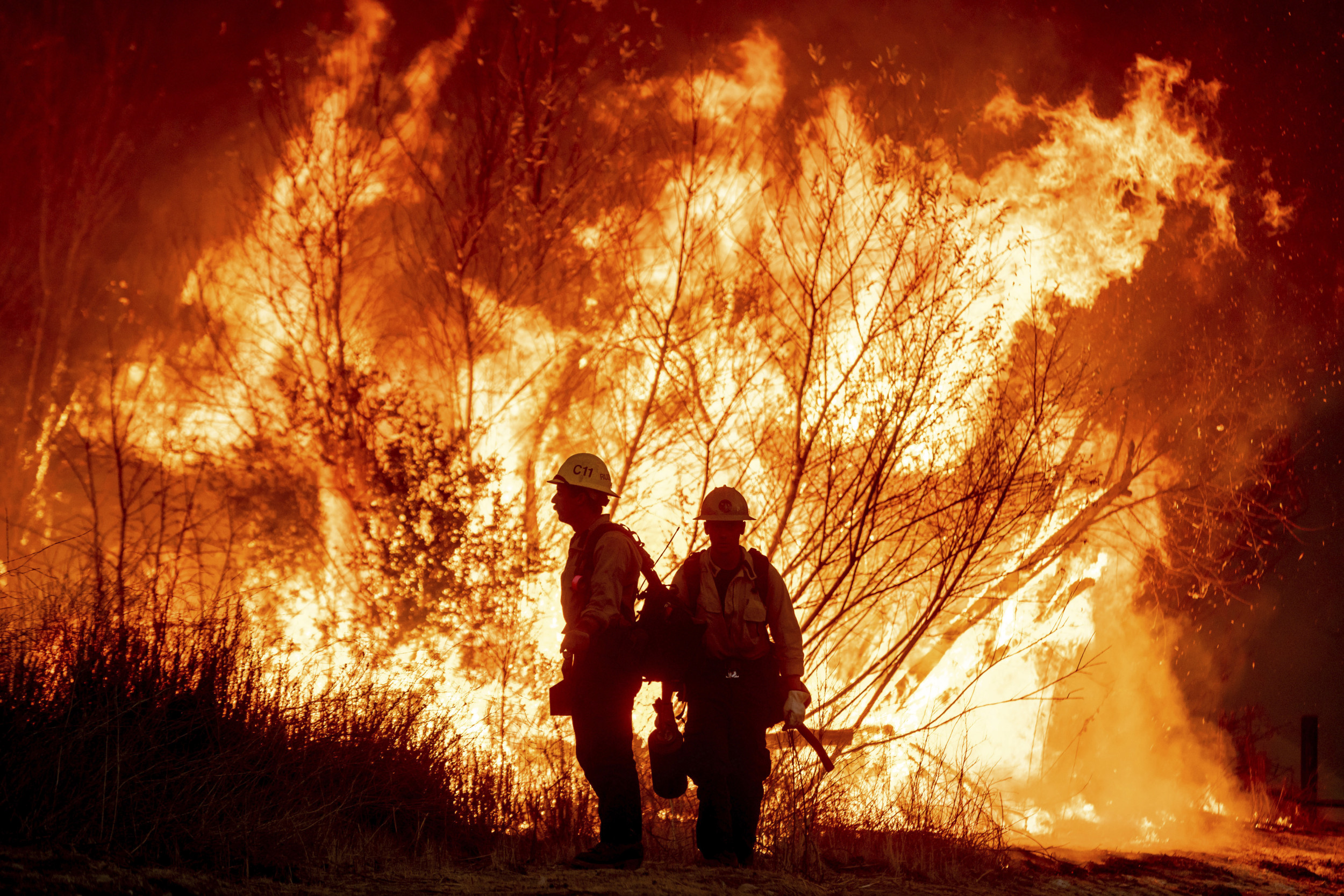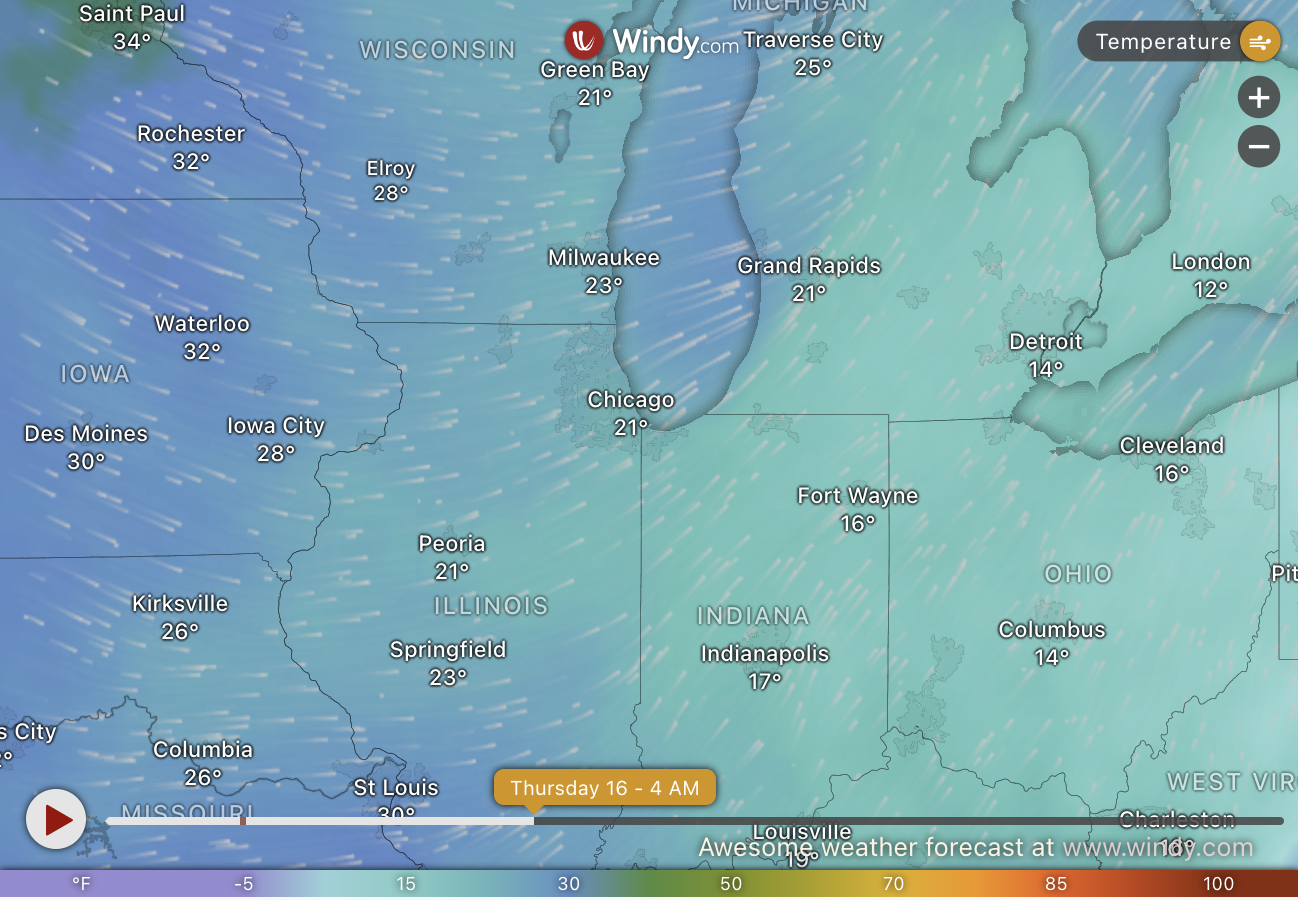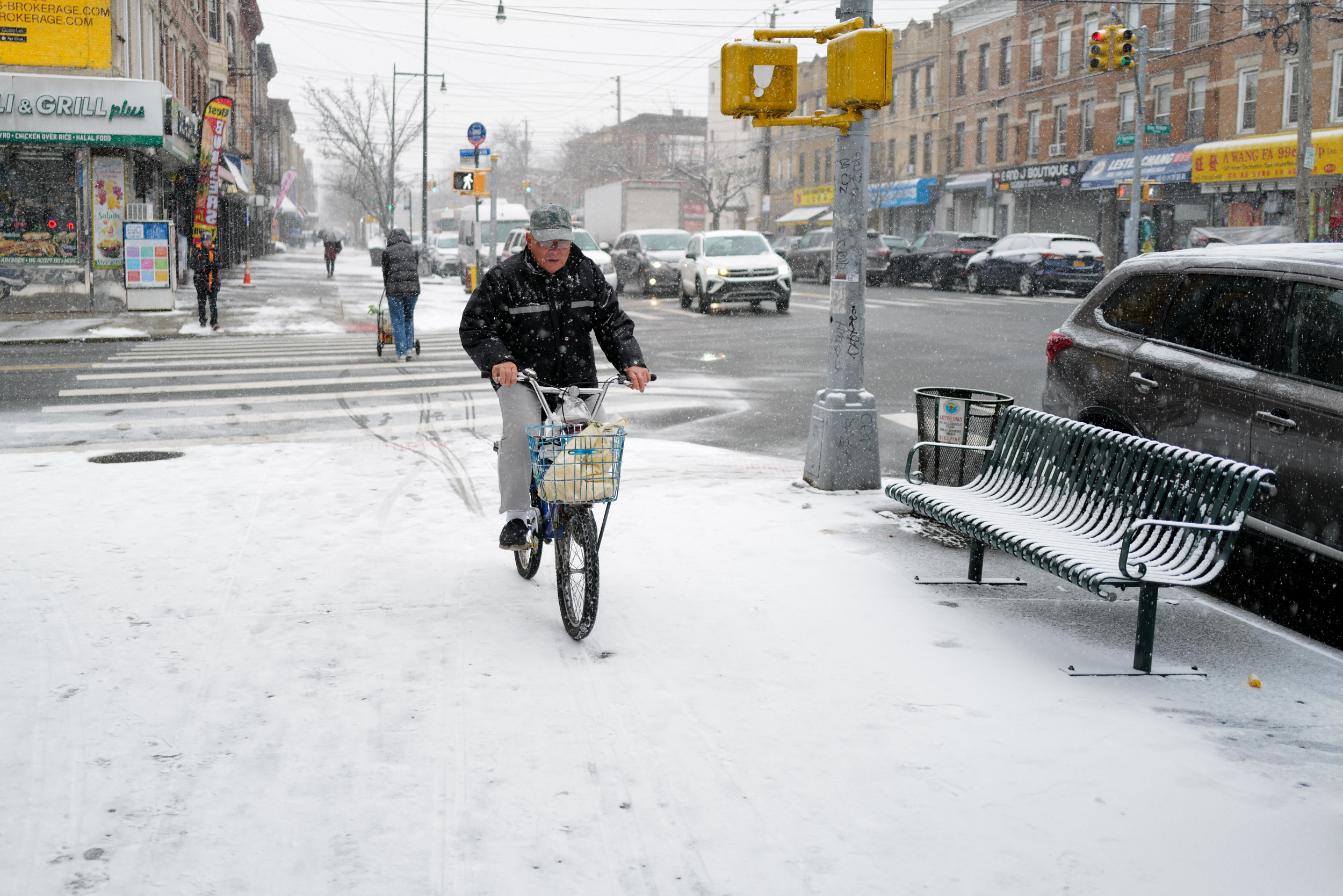Scientists have just discovered a brand new species of spider—and it instantly became the most venomous story in the world.
The Sydney funnel-web has held the title of most venomous creepy-crawly for many years—bites can cause severe symptoms, including pain, muscle spasms, sweating, difficulty breathing, and, in rare cases, death if untreated.
13 people have been recorded to have died after a bite from one of these spiders.
According to a new paper in the journal BMC Ecology and Evolution, this species is actually made up of three separate species of spider.
One of these newly classified species is therefore the newly crowned most venomous species.

The original single species of Sydney funnel-web is named Atrax robustus, and grows up to 1.6 inches in length.
The researchers describe in the paper how they used DNA analysis to determine that what was thought to be the Sydney funnel-web is actually comprised of three species: the "classic" Sydney funnel-web, the Southern Sydney funnel-web (Atrax montanus), and the Newcastle funnel-web (Atrax christenseni).
The Newcastle funnel-web, which is found only near the city of Newcastle to Sydney's north, has been nicknamed "Big Boy" by spider enthusiasts.
"Our research uncovered hidden diversity among funnel-web spiders," study co-author Stephanie Loria, a researcher at the Leibniz Institute for the Analysis of Biodiversity Change (LIB), said in a statement.
"The Newcastle funnel-web, Atrax christenseni—'Big Boy'—is a totally new species. The 'true' Sydney Funnel-web, Atrax robustus centers on the North Shore of Sydney and the Central Coast, and the Southern Sydney Funnel-web, Atrax montanus is a resurrected species name from 1914."
This discovery was made thanks to the analysis of both new spider specimens and samples from the Australian Museum. The researchers began this work after unusually large funnel-webs were discovered in Newcastle, prompting the suspicion that they could possibly be a distinct species.
"When our international team of researchers 'reopened the case' on the Sydney funnel-web, we looked at fine morphological details and gene sequences across the region and found the species split into three distinct groups," study co-author Helen Smith, a spider biologist at the Australian Museum, said in the statement.
The Newcastle funnel-web was found to be the most venomous of the three, making it the most venomous spider in the world.
"While funnel-web bites are the most severe among spiders, they are not very common. If you are bitten by a funnel-web spider, call an ambulance and go straight to hospital," Geoff Isbister, a professor at the Department of Clinical Toxicology at Calvary Mater Newcastle, said in the statement.
This discovery may have impacts on the production of antivenom for funnel-web bites. The Australian funnel-web spider antivenom, introduced in 1981, has drastically reduced fatalities, with no confirmed deaths having been reported since its development.
"Since 1981, the Australian Reptile Park, situated in Somersby, NSW, has run a Venom Milking Program to gather venom from Sydney funnel-web spiders for antivenom production," Danilo Harms, an arachnologists at the LIB, said in the statement.
"Although no human fatalities have occurred since the development of antivenom in the 1980s, the antivenom for Sydney funnel-web spiders might be optimized by considering biological differentiation at the species level."
Thankfully, current antivenom against the Sydney funnel-web is also effective for bites by the other two species, as well as "other related species that can cause serious envenomation in eastern Australia," Smith said.
The Newcastle funnel-web—Atrax christenseni—was named after spider fan Kane Christensen, who collected a number of the spiders.
"Kane has been instrumental in the identification of this new species, collecting specimens so that we could do further analysis as well as shooting terrific photos of our 'Big Boy.' To show how much Kane's work meant to us, we have called it Atrax christenseni. We named it after him," Smith said.
Christensen was delighted at this turn of events.
"Atrax christenseni is a superb and impressive funnel web. The sheer size of the males, compared to the males of the other Atrax species is simply astounding. I am very passionate about funnel-webs and there is no greater compliment than to have another scientist name a funnel-web species after me. I am deeply honored and accept it with great pleasure," Christensen said in the statement.
Do you have a tip on a science story that Newsweek should be covering? Do you have a question about spiders? Let us know via science@newsweek.com.
Loria, S. F., Frank, S., Dupérré, N., Smith, H. M., Jones, B., Buzatto, B. A., & Harms, D. (2025). The world's most venomous spider is a species complex: systematics of the Sydney funnel-web spider (Atracidae: Atrax robustus). BMC Ecology and Evolution, 25(1). https://doi.org/10.1186/s12862-024-02332-0




















 English (US) ·
English (US) ·